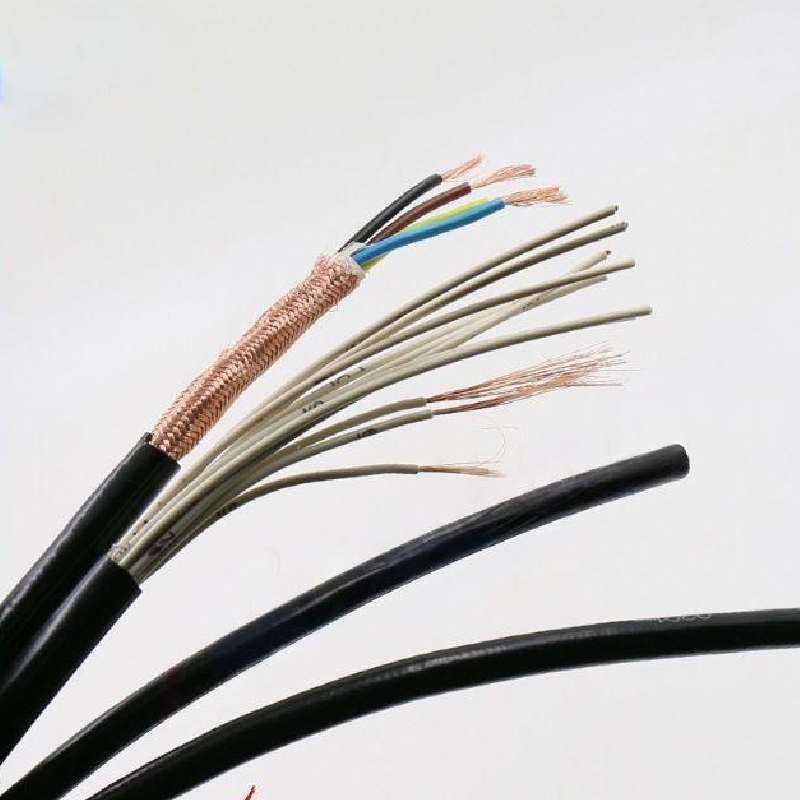Dùbh . 13, 2024 11:07 Back to list
lined butterfly valve
Understanding Lined Butterfly Valves Essential Insights and Applications
Butterfly valves are crucial components in various industrial applications, primarily used for flow regulation and isolation. Among the different types of butterfly valves, lined butterfly valves have gained significant attention due to their unique features and advantages. This article delves into the specifics of lined butterfly valves, including their design, benefits, and applications.
What is a Lined Butterfly Valve?
A lined butterfly valve is a type of valve that incorporates a lining material made of polymers, such as PTFE (polytetrafluoroethylene), to insulate the valve body. The lining serves multiple purposes, primarily to protect the valve from harsh environments, including corrosive substances and extreme temperatures. This design enhances the valve's durability, ensuring reliable performance even in challenging conditions.
Key Components
Lined butterfly valves consist of several crucial components
1. Disc The disc is the primary element that regulates flow. It is mounted on a rotating shaft and pivots to control the opening and closing of the valve.
2. Body The body houses the disc and acts as a conduit for the flow of fluids. In lined butterfly valves, the inner surface of the body is coated with a lining material that provides resistance to corrosion and wear.
3. Seat The seat is the area where the disc makes contact when closed. This sealing surface is typically lined with a soft material to ensure a tight seal and prevent leakage.
4. Actuator Depending on the application, lined butterfly valves can be operated manually or automatically via actuators, which aid in controlling the valve's position.
Advantages of Lined Butterfly Valves
1. Corrosion Resistance The primary advantage of lined butterfly valves is their resistance to corrosive environments. The polymer lining protects the valve body from chemical reactions that could lead to degradation, overall extending the valve's lifespan.
2. Reduced Friction The smooth surface of the lining reduces friction between the disc and the valve body, enabling easier operation and reducing the force required to open and close the valve.
lined butterfly valve

3. Versatility Lined butterfly valves can handle a wide range of fluids, including slurries, gases, and aggressive chemicals. This versatility makes them ideal for various applications in industries such as chemical processing, water treatment, and pharmaceuticals.
4. Lightweight and Compact Design Compared to other valve types, lined butterfly valves are relatively lightweight, making them easier to install and maintain. Their compact design also saves space within piping systems.
5. Cost-Effectiveness While the initial investment may be higher than some other types of valves, the durability and reduced maintenance needs of lined butterfly valves can lead to significant cost savings over time.
Applications of Lined Butterfly Valves
Lined butterfly valves are widely utilized across various industries
1. Chemical Processing The chemical industry frequently deals with corrosive substances, making lined butterfly valves an essential choice for ensuring process reliability and safety.
2. Water Treatment In water and wastewater treatment facilities, lined butterfly valves are used for flow control and isolation of different stages of the treatment process.
3. Pharmaceuticals The pharmaceutical industry requires stringent hygiene and safety standards. Lined butterfly valves help maintain these standards while providing reliable flow control.
4. Food and Beverage In the food industry, lined butterfly valves are used to handle liquid products safely and hygienically, ensuring compliance with regulatory standards.
5. Pulp and Paper The pulp and paper industry often utilizes lined butterfly valves for managing various chemical processes, ensuring optimal flow and minimal downtime.
Conclusion
Lined butterfly valves represent a significant advancement in valve technology, offering a robust solution for handling challenging fluids in various industrial applications. Their unique design provides superior corrosion resistance, ease of operation, and versatility, ensuring longevity and reliability. As industries continue to evolve and demand higher efficiency and safety standards, the importance of lined butterfly valves will undoubtedly grow, making them an integral component of modern fluid control systems. Whether dealing with aggressive chemicals, varied temperatures, or complex processes, lined butterfly valves offer the ideal mix of performance and durability, contributing to the success and sustainability of industrial operations.
Share
-
Reliable Wafer Type Butterfly Valves for Every IndustryNewsJul.25,2025
-
Reliable Flow Control Begins with the Right Ball Check ValveNewsJul.25,2025
-
Precision Flow Control Starts with Quality ValvesNewsJul.25,2025
-
Industrial Flow Control ReliabilityNewsJul.25,2025
-
Engineered for Efficiency Gate Valves That Power Industrial PerformanceNewsJul.25,2025
-
Empowering Infrastructure Through Quality ManufacturingNewsJul.25,2025


